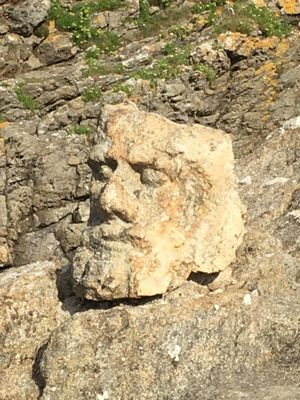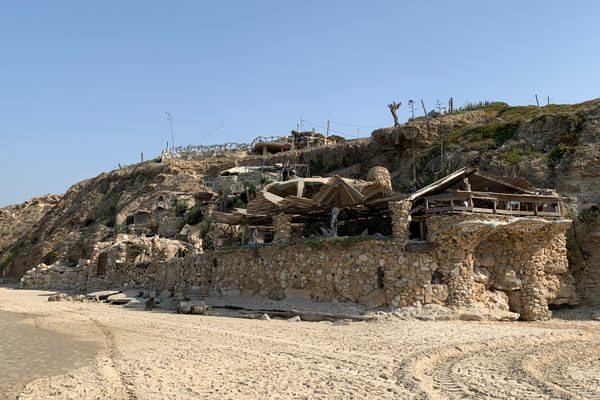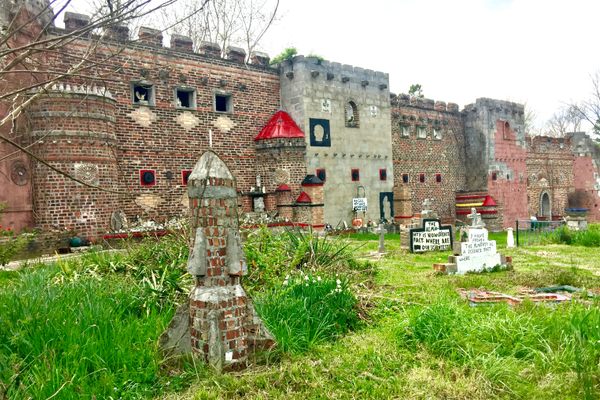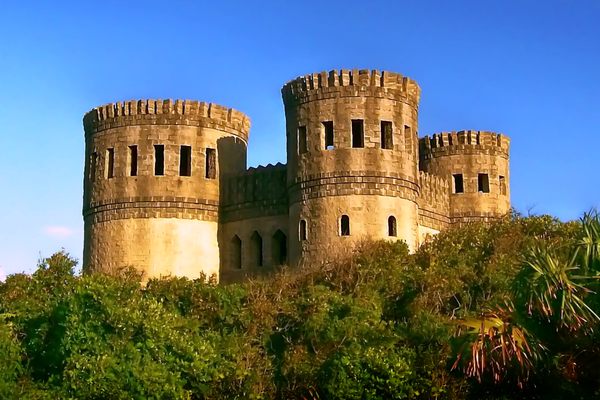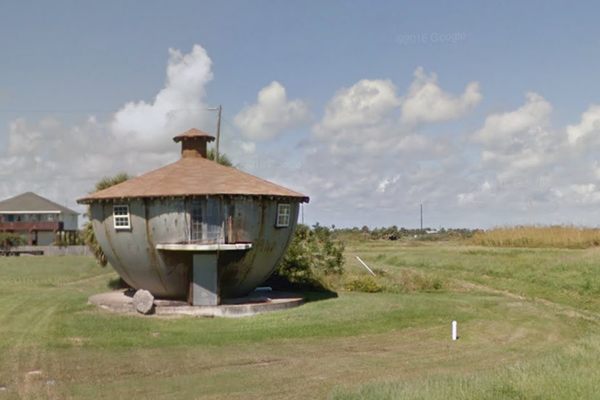About
At age 30, Abbe Foure suffered a stroke which left him without hearing and speech, and completely paralyzed one side of his body.
After this episode, Foure decided to retreat to a “life as a hermit” in the cliffs of Rotheneuf, and beginning in 1870, began carving hundreds of fascinating, grotesque, and bizarre shapes, faces, and figures into the rock. It is believed that Foure was also a skilled wood carver, but his underground gallery of wooden sculptures was ruined by a fire in 1944, and only a few works survived.
With the help of an elderly man, Foure spent 25 years carving the granite rocks of the Brittany shoreline at Rotheneuf. The carvings (there are over 300 pieces) were mostly inspired by old tales of a local pirate clan, and depict legendary pirate adventurers, fisherman, smugglers, and monsters and allegorical scenes.
The scenes predominantly depict the lives of the Rotheneuf family, a family of fisherman, sailors, and smugglers that lived in the area from the 15th through the 18th century. They were believed to have super-normal eyesight from drinking water rich in various elements, but their demise was met at the hands of the French Revolution, a huge storm, and a sea serpent (their story can be read in a booklet available for sale at the entrance kiosk for a couple of Euros, which also includes photos of old sculptures that have now been eroded, as the ones that exist now will soon be).
Legendary saints, Jacques Cartier (a prominent French explorer from the 16th century), and the colonial reality of Abbee Foure's day, were also favorite themes for Foure, who seems to have been very much inspired by the many influences of his époque.
Related Tags
Know Before You Go
Open from 9 a.m. to 7 p.m.and the ticket costs 2,5 euro. Be careful especially if there is a lot of people because the stone stairs are eroded and the place is exposed.
Community Contributors
Added By
Published
January 18, 2011











